Back to search results
WONTHAGGI STATE COAL MINE CENTRAL PRECINCT
GRAHAM STREET WONTHAGGI, BASS COAST SHIRE
WONTHAGGI STATE COAL MINE CENTRAL PRECINCT
GRAHAM STREET WONTHAGGI, BASS COAST SHIRE
All information on this page is maintained by Heritage Victoria.
Click below for their website and contact details.
Victorian Heritage Register
-
Add to tour
You must log in to do that.
-
Share
-
Shortlist place
You must log in to do that.
- Download report
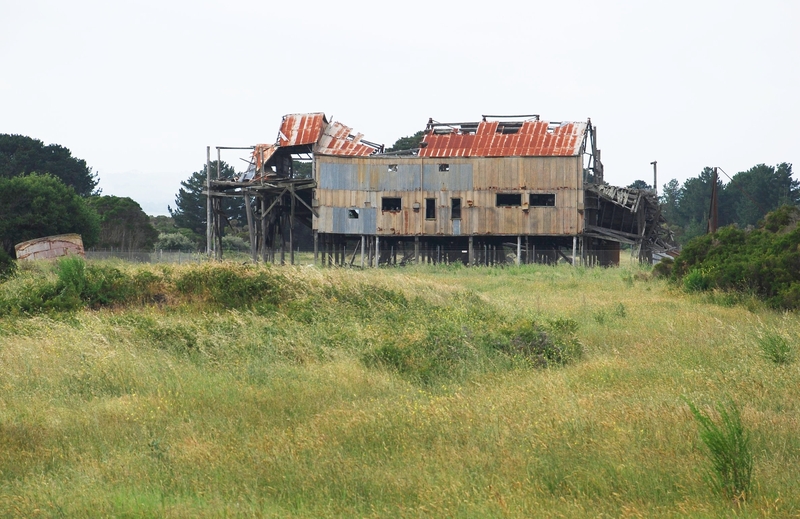
WONTHAGGI STATE COAL MINE CENTRAL PRECINCT SOHE 2008



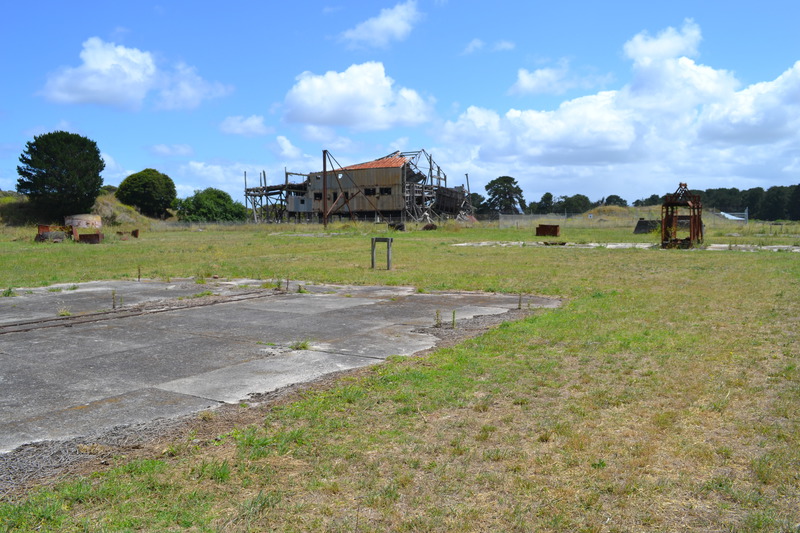
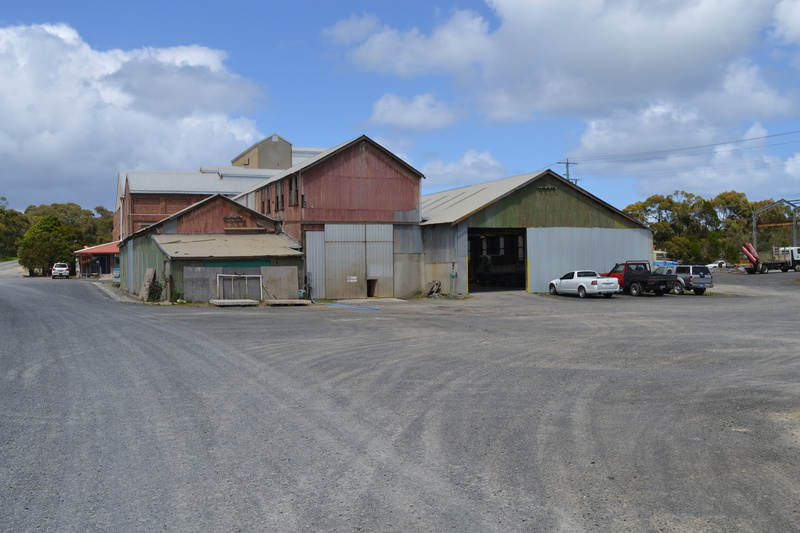
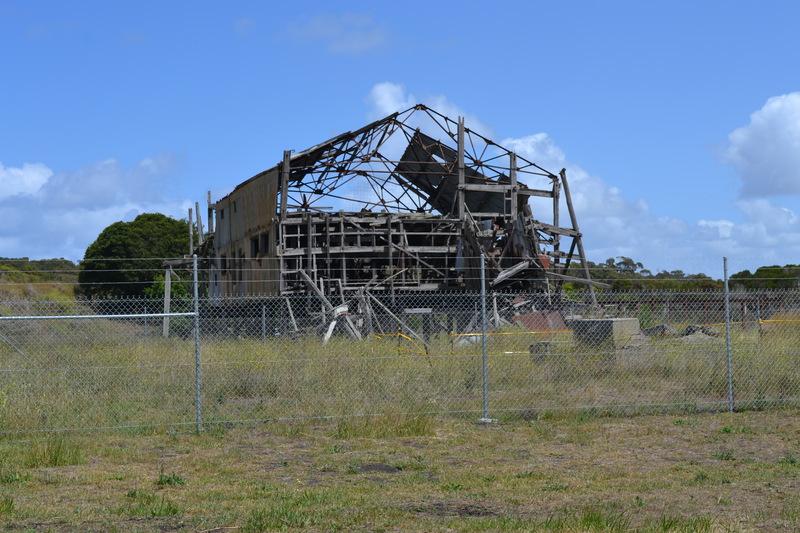
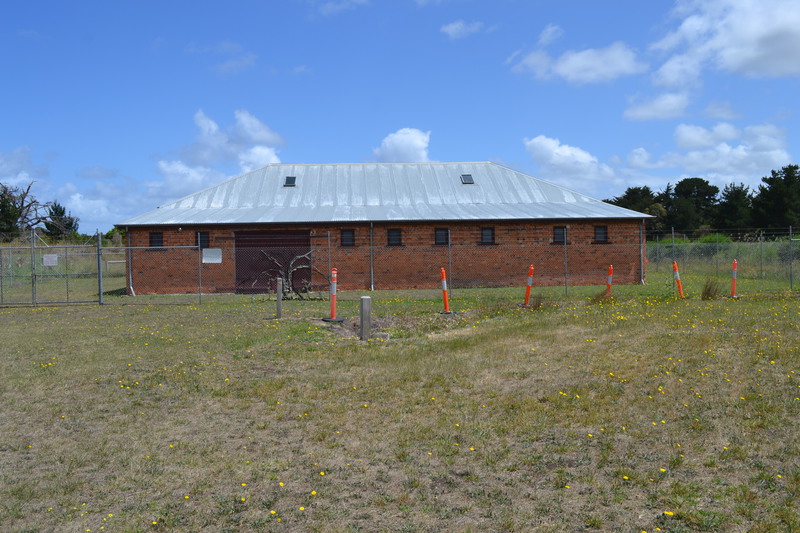
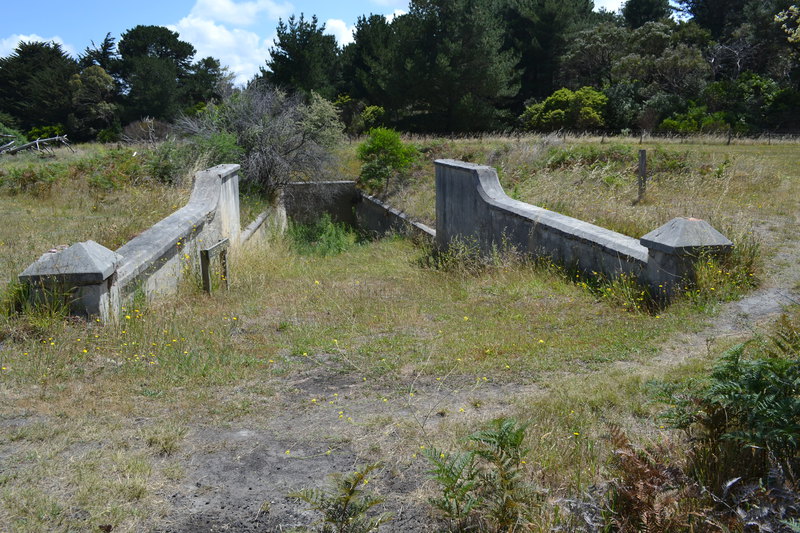
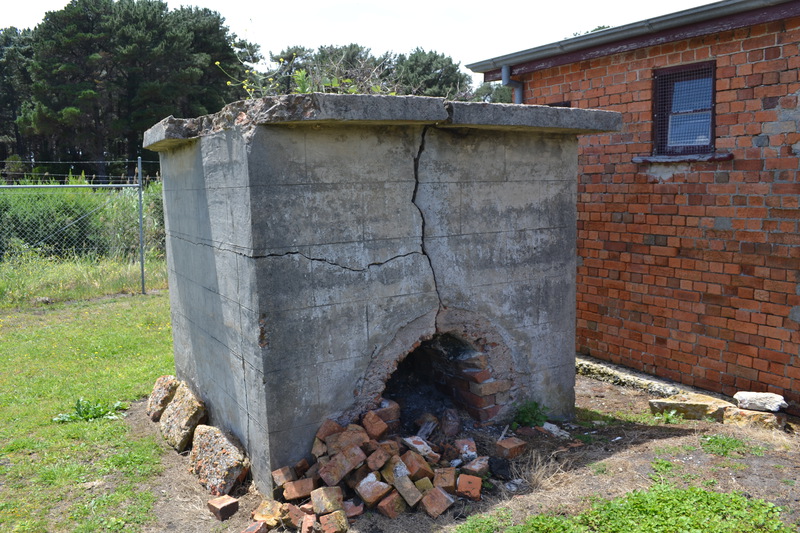
On this page:
Statement of Significance
What is Significant?
At the beginning of the twentieth century black coal from New South Wales powered Victoria’s railway system, gasworks and manufacturing industries. In 1909 a prolonged strike on the New South Wales coalfields threatened Victoria’s economic viability, and the Victorian Government sought to end its dependence by mining its own, poorer-quality coal deposits in South Gippsland at Wonthaggi which at the time was sparsely settled and possessed no transport links with Melbourne. The first shipment of Wonthaggi coal occurred on 25 November 1909 being dispatched by bullock teams to Inverloch and thence by ship to Melbourne. Three months later transportation by rail commenced after the Railways Department constructed a line 27 miles from Nyora in the record time of ten weeks. In 1910 the Government laid out a model township and by 1921 Wonthaggi had a settled population of over 5,000 making it one of the largest towns in Gippsland.
The Wonthaggi State Coal developed into a huge mining complex which operated until 1968. Within the first year of operation a power station was built to supply electricity to the whole area and installation was under way of the necessary engineering works for mining, ventilation, water drainage, haulage, and coal processing. At a very early stage, the mine also had a brickworks, operated initially to construct the power station. The mine’s peak period of employment was the year 1925-26 when 1,821 men were employed. During its operational life, the Wonthaggi State Coal Mine produced 16.74 million tons, making the field the largest black coal producer in the State’s history and the fourth largest in Australia.
How is it significant?
The Wonthaggi State Coal mine is of historical and scientific importance to the State of Victoria
Why is it significant?
The Wonthaggi State Coal Mine Central Precinct (comprising No.5 Brace, Rescue Station, McBride’s tunnel, Power Station and Workshops, and associated archaeological relics) is historically and scientifically significant as an integral part of the State’s most significant black coal mine. The Wonthaggi State Coal Mine Central Precinct was the heart of the field: the first place where coal was mined, the first major mining, haulage, processing and servicing centre, and the only site which was continuously operated until the mine’s closure in 1968. The three most significant features of the precinct (No. 5 Brace, Rescue Station, and Power Station & Workshops) are not only scientifically important as rare industrial relics, but their size and prominence are tangible evidence of the former scale of the State Coal Mine’s operations. The state of deterioration of the place is illustrative of the disintegration of Wonthaggi’s central role in Victoria’s black coal industry.
The Wonthaggi State Coal Mine Central precinct makes a unique contribution to defining the character of the Wonthaggi State Coal Mine and also has potential to yield significant archaeological evidence of the technological development of coal mining in Victoria.
At the beginning of the twentieth century black coal from New South Wales powered Victoria’s railway system, gasworks and manufacturing industries. In 1909 a prolonged strike on the New South Wales coalfields threatened Victoria’s economic viability, and the Victorian Government sought to end its dependence by mining its own, poorer-quality coal deposits in South Gippsland at Wonthaggi which at the time was sparsely settled and possessed no transport links with Melbourne. The first shipment of Wonthaggi coal occurred on 25 November 1909 being dispatched by bullock teams to Inverloch and thence by ship to Melbourne. Three months later transportation by rail commenced after the Railways Department constructed a line 27 miles from Nyora in the record time of ten weeks. In 1910 the Government laid out a model township and by 1921 Wonthaggi had a settled population of over 5,000 making it one of the largest towns in Gippsland.
The Wonthaggi State Coal developed into a huge mining complex which operated until 1968. Within the first year of operation a power station was built to supply electricity to the whole area and installation was under way of the necessary engineering works for mining, ventilation, water drainage, haulage, and coal processing. At a very early stage, the mine also had a brickworks, operated initially to construct the power station. The mine’s peak period of employment was the year 1925-26 when 1,821 men were employed. During its operational life, the Wonthaggi State Coal Mine produced 16.74 million tons, making the field the largest black coal producer in the State’s history and the fourth largest in Australia.
How is it significant?
The Wonthaggi State Coal mine is of historical and scientific importance to the State of Victoria
Why is it significant?
The Wonthaggi State Coal Mine Central Precinct (comprising No.5 Brace, Rescue Station, McBride’s tunnel, Power Station and Workshops, and associated archaeological relics) is historically and scientifically significant as an integral part of the State’s most significant black coal mine. The Wonthaggi State Coal Mine Central Precinct was the heart of the field: the first place where coal was mined, the first major mining, haulage, processing and servicing centre, and the only site which was continuously operated until the mine’s closure in 1968. The three most significant features of the precinct (No. 5 Brace, Rescue Station, and Power Station & Workshops) are not only scientifically important as rare industrial relics, but their size and prominence are tangible evidence of the former scale of the State Coal Mine’s operations. The state of deterioration of the place is illustrative of the disintegration of Wonthaggi’s central role in Victoria’s black coal industry.
The Wonthaggi State Coal Mine Central precinct makes a unique contribution to defining the character of the Wonthaggi State Coal Mine and also has potential to yield significant archaeological evidence of the technological development of coal mining in Victoria.
Show more
Show less
-
-
WONTHAGGI STATE COAL MINE CENTRAL PRECINCT - Permit Exemptions
General Exemptions:General exemptions apply to all places and objects included in the Victorian Heritage Register (VHR). General exemptions have been designed to allow everyday activities, maintenance and changes to your property, which don’t harm its cultural heritage significance, to proceed without the need to obtain approvals under the Heritage Act 2017.Places of worship: In some circumstances, you can alter a place of worship to accommodate religious practices without a permit, but you must notify the Executive Director of Heritage Victoria before you start the works or activities at least 20 business days before the works or activities are to commence.Subdivision/consolidation: Permit exemptions exist for some subdivisions and consolidations. If the subdivision or consolidation is in accordance with a planning permit granted under Part 4 of the Planning and Environment Act 1987 and the application for the planning permit was referred to the Executive Director of Heritage Victoria as a determining referral authority, a permit is not required.Specific exemptions may also apply to your registered place or object. If applicable, these are listed below. Specific exemptions are tailored to the conservation and management needs of an individual registered place or object and set out works and activities that are exempt from the requirements of a permit. Specific exemptions prevail if they conflict with general exemptions. Find out more about heritage permit exemptions here.Specific Exemptions:General Conditions:
1. All alterations are to be planned and carried out in a manner which prevents damage to the fabric of the registered place or object.
2. Should it become apparent during further inspection or the carrying out of alterations that original or previously hidden or inaccessible details of the place or object are revealed which relate to the significance of the place or object, then the exemption covering such alteration shall cease and the Executive Director shall be notified as soon as possible.
3. If there is a conservation policy and plan approved by the Executive Director, all works shall be in accordance with it.
4. Nothing in this declaration prevents the Executive Director from amending or rescinding all or any of the permit exemptions.
5. Nothing in this declaration exempts owners or their agents from the responsibility to seek relevant planning or building permits from the responsible authority where applicable.
General
* General site works to allow for public safety, weeds and vermin control, conservation and maintenance of buildings and archaeological relics, tourism and recreational development, and cultural landscape preservation.
Buildings, Foundations and Archaeological Relics
* Use of the buildings as ‘shells’ to accommodate current and/or future uses(s).
* Repairs and maintenance which replace like with like.
* New openings in buildings provided they are located and sized to respect the pier and panel construction of the brick walls, are the minimal size necessary for their function, and are located on the elevations away from Graham RoadWONTHAGGI STATE COAL MINE CENTRAL PRECINCT - Permit Exemption Policy
Policy:
The purpose of the permit exemptions is to allow works which do not affect the significance of the place. It is not important that buildings and structures be restored or reconstructed but only that they be retained to symbolise the former scale of the State Coal Mine’s operations. It is their size (and visibility) that is significant. Their state of deterioration is illustrative of the disintegration of Wonthaggi’s central role in Victoria’s black coal industry. Views of the former power station from Graham Road should not be unnecessarily obstructed by new construction or landscaping. New buildings or accommodation requirements should be free-standing, utilise corrugated iron as the main building material, and not be constructed in the scenic easement.
The notable features of the power house are the unpainted brickwork and two bands of ‘glazing’ on the corrugated iron portion, gable roof shapes and their corrugated iron finishes, exposed structure of the interiors of these buildings, the remnants of the cooling tower and the brick and concrete retaining walls on the ‘back’ of the building.
The notable features of the workshops are the corrugated iron cladding, the timber highlight windows on the central gabled portion of the three connected buildings, and the exposed structure on the interiors of these buildings and in particular the timber trusses. The gable roofed portions of the building should not be demolished but the skillion portion of the building (western side) need not be retained. No further additions should be made to the two elevations which face Graham Street although skillion additions of a character similar to those existing may be considered to the other elevations.
Listed Machinery (Electric Workshop gantry & winch, Power Station Hall gantry & winch, and the cooling tower winch)?if deemed necessary can be replaced with the redundant plant to be retained as museum pieces.
-
-
-
-
-
WONTHAGGI STATE COAL MINE CENTRAL PRECINCT
 Victorian Heritage Register H1778
Victorian Heritage Register H1778 -
WONTHAGGI NOS. 9, 10 & 12 SHAFTS
 Victorian Heritage Inventory
Victorian Heritage Inventory -
Inverloch Memorial Rose Garden
 Vic. War Heritage Inventory
Vic. War Heritage Inventory
-
'NORWAY'
 Boroondara City
Boroondara City -
1 Mitchell Street
 Yarra City
Yarra City
-
-












